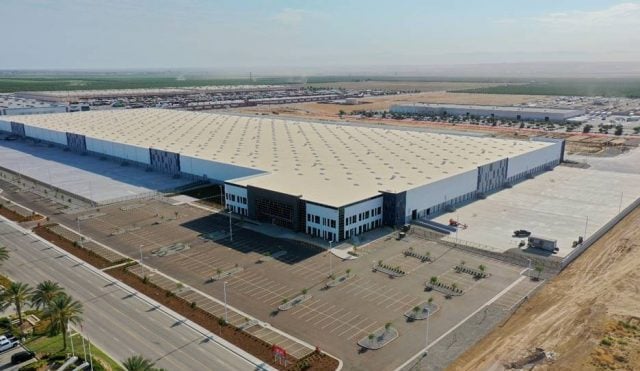IRVINE, CA—Job growth and rising home prices are creating an even greater need for workforce housing in Orange County, Jamboree Housing president Laura Archuleta tells GlobeSt.com exclusively. As the firm celebrates its 25th anniversary, we spoke with Archuleta about trends in affordable housing and how the growing need can be met by the commercial real estate community.
GlobeSt.com: Is the affordable-housing development situation in Orange County easing up any?
Archuleta: I actually think that the affordable-housing need continues to grow in Orange County, for a number of reasons. Since the downturn, prices have increased on both the rental side and the for-sale side. Whenever you have housing costs increase, there's a strain on low-income families. We're also seeing good job growth here, which will continue to create more demand for the housing that's here, so I do not see the need for affordable housing weakening in this market.
GlobeSt.com: What can the industry do to allow more workforce housing to be built?
Archuleta: Educating everybody that's involved in the process, starting with elected officials at the local government level, is key. These officials are charged with land-use planning for our cities, and they should be aware of the need for a variety of housing to be built to match different income levels. There are some programs available—such as the density-bonus ordinance—that allow developers to increase density and to get more affordable-housing built. But some constituencies will oppose even a high-end rental development because they are afraid tenants will be different from owners. Nevertheless, in order to have a strong fabric, a community needs different housing types and affordability levels to house everybody in the workforce who is a contributing member of the community.
GlobeSt.com: Is the conversion of a portion of market-rate apartments into affordable housing a viable option, as we heard at NMHC's Apartment Strategies Outlook Conference in Palm Springs last month?
Archuleta: From time to time, developers have the opportunity to buy properties that are not restricted as affordable, but are rundown and may be rented to two or three families per unit. These developers can buy and renovate those units into a more appropriate match and make the rents affordable to families—it's a nice way to go. It doesn't add to the housing stock like true development, but it's a way to get more affordable housing into our neighborhoods. In neighborhoods experiencing blight, if you can bring in a non-profit to buy, stabilize and bring up the quantity to reduce overcrowding, it can have a real impact on the broader community. Sometimes cities like that because people may think a neighborhood is “affordable housing,” but it's not regulated, and bad owners can charge very high rent and create a healthy overcrowding situation. We look at those situations along with the opportunity to create new affordable housing.
GlobeSt.com: What else should readers know about affordable housing in this region?
Archuleta: I've worked here in Orange County for a long time, and it's nice to see political leaders who are acknowledging there is a need for affordable housing—not just building for families who can buy million-dollar homes. It's good for their communities to increase the varieties of housing and the types of families who can live in the community, but also in order to maintain the workforce, it's important to have all kinds of housing and income levels. Workforce housing is really taking hold; after 25 years of working in this area of Orange County, it's very nice to see.
© 2025 ALM Global, LLC, All Rights Reserved. Request academic re-use from www.copyright.com. All other uses, submit a request to [email protected]. For more information visit Asset & Logo Licensing.







